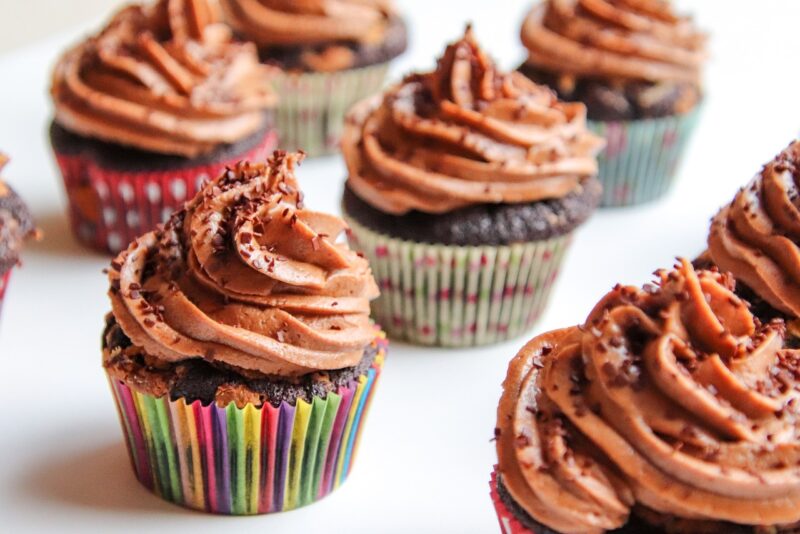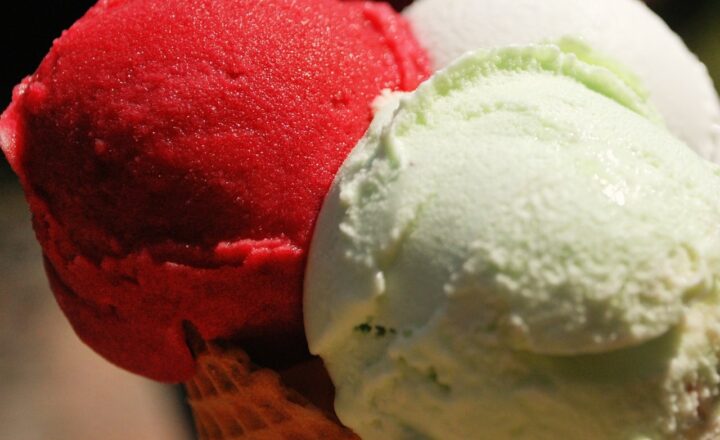A Guide to Chocolate for Baking: When to Use Cocoa Powder vs. Chocolate Chips
November 11, 2024

Chocolate is a beloved ingredient in many recipes, from cookies and cakes to brownies and ganache. But not all chocolate is created equal, and understanding the differences between cocoa powder and chocolate chips can significantly enhance your baking. This guide will explore the characteristics, uses, and benefits of both cocoa powder and chocolate chips to help you choose the right product for your baking needs.
1. The Basics: Understanding Cocoa Powder and Chocolate Chips
Cocoa powder and chocolate chips are both derived from the cacao bean, but they are processed differently and serve distinct purposes in baking.
– Cocoa Powder: This is created by removing most of the cocoa butter— the fat found in chocolate—leaving behind a dry powder that is rich in flavor. Cocoa powder comes in two forms: natural and Dutch-processed. Natural cocoa powder is acidic and has a lighter color, while Dutch-processed cocoa powder is treated with an alkaline solution, resulting in a darker, milder taste.
– Chocolate Chips: These are small, chip-shaped pieces of chocolate that contain cocoa solids, cocoa butter, sugar, and often milk solids (in the case of milk chocolate chips). They are formulated to hold their shape when baked, making them ideal for cookies and other baked goods where you want distinct pieces of chocolate.
Choosing between cocoa powder and chocolate chips depends on the texture and flavor you are aiming for in your recipe.
2. When to Use Cocoa Powder
Cocoa powder is a versatile ingredient that adds rich depth of flavor and a hint of bitterness, enhancing the overall taste of baked goods. Here are some common scenarios for using cocoa powder in baking:
– In Cakes and Brownies: Cocoa powder is often used in recipes for chocolate cakes and brownies where a uniform chocolate flavor is desired throughout the batter. It mixes seamlessly with flour and other dry ingredients, and its potency allows bakers to achieve a deep chocolate flavor without adding extra fat.
– In Hot Cocoa and Frosting: Cocoa powder is commonly used to make hot cocoa or as a key ingredient in chocolate frostings. In these applications, its ability to blend smoothly with liquids and fats makes it an ideal choice.
– For Chocolate Flavor in Muffins or Quick Breads: Cocoa powder can be added to muffins or quick bread recipes to provide a chocolatey twist without altering the texture significantly.
Cocoa powder’s strong flavor profile makes it a great choice for recipes where chocolate flavor should be pronounced and consistent.
3. When to Use Chocolate Chips
Chocolate chips are perfect for recipes where you want pockets of melted chocolate to create a gooey texture and bursts of sweetness. Here are the best applications:
– Cookies: The classic chocolate chip cookie showcases the melting, gooey chocolate chips, providing chewy texture. Using semi-sweet or dark chocolate chips can complement the dough’s sweetness while delivering a rich chocolate flavor.
– In Pancakes and Waffles: Adding chocolate chips to pancake or waffle batter creates delightful, melty bites with each bite. They are often used as a topping for added sweetness.
– In Trail Mix and Snack Bars: Chocolate chips are also commonly used in granola bars, trail mixes, and snack bars, providing flavor without overpowering the other ingredients.
Chocolate chips offer a delightful texture contrast and visual appeal, making them the go-to choice for recipes where chunks of chocolate are a key feature.
4. Key Differences Between Cocoa Powder and Chocolate Chips
Understanding the differences between cocoa powder and chocolate chips can help refine your baking choices:
| Feature | Cocoa Powder | Chocolate Chips |
|——————————|———————————————–|——————————————-|
| Composition | Cocoa solids (fat removed) | Cocoa solids, cocoa butter, sugar |
| Texture | Fine powder | Solid chips |
| Melting Point | Does not melt | Melts when heated |
| Fat Content | Low fat (cocoa butter mostly removed) | Higher fat (contains cocoa butter) |
| Usage | Flavoring agent, for depth | Textural element, melts in baking |
Choosing the right ingredient depends on the desired outcome in your baking—cocoa powder for flavor and depth, and chocolate chips for texture and sweetness.
5. Tips for Baking with Cocoa Powder and Chocolate Chips
– Balance: When substituting cocoa powder for chocolate chips, remember that cocoa powder is more concentrated. As a rule of thumb, for every 3 tablespoons of cocoa powder, reduce the fat content (such as butter) in your recipe by one tablespoon.
– Experiment: Don’t hesitate to experiment with both ingredients. Combining cocoa powder and chocolate chips in a recipe can deliver a rich, chocolatey flavor and delightful texture.
– Storage: Store cocoa powder in a cool, dry place in a sealed container to maintain freshness, while chocolate chips should also be stored in a cool location but have a longer shelf life due to their higher fat content.
Conclusion
Cocoa powder and chocolate chips each bring unique qualities to the baking world, and knowing when to use each one can elevate your recipes to new heights. Whether you’re creating a moist chocolate cake or chewy cookies filled with melting chocolate chips, understanding these ingredients will allow you to explore the endless possibilities of baking with chocolate.
Remember, the key to successful baking often lies in the careful selection of ingredients. By choosing the right type of chocolate for your recipes, you can indulge your love for chocolate with every delightful bite.







